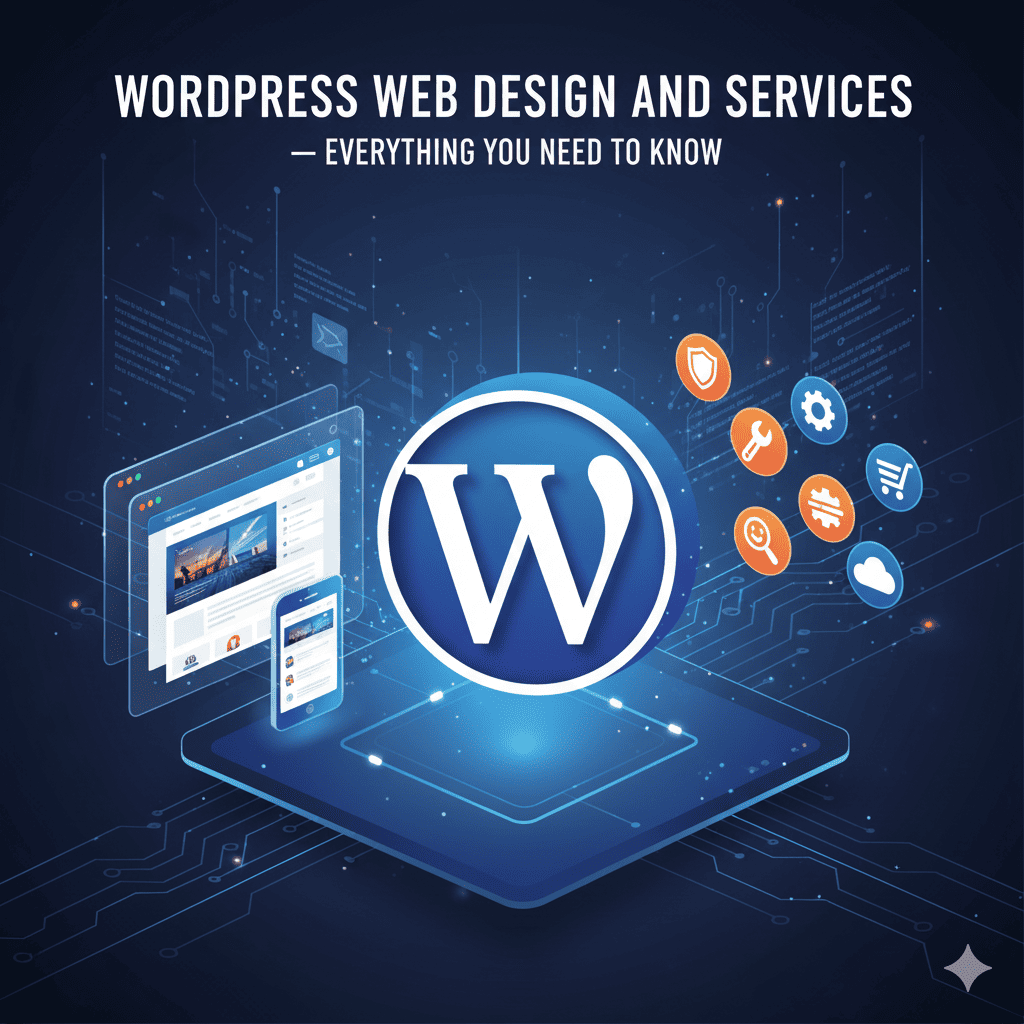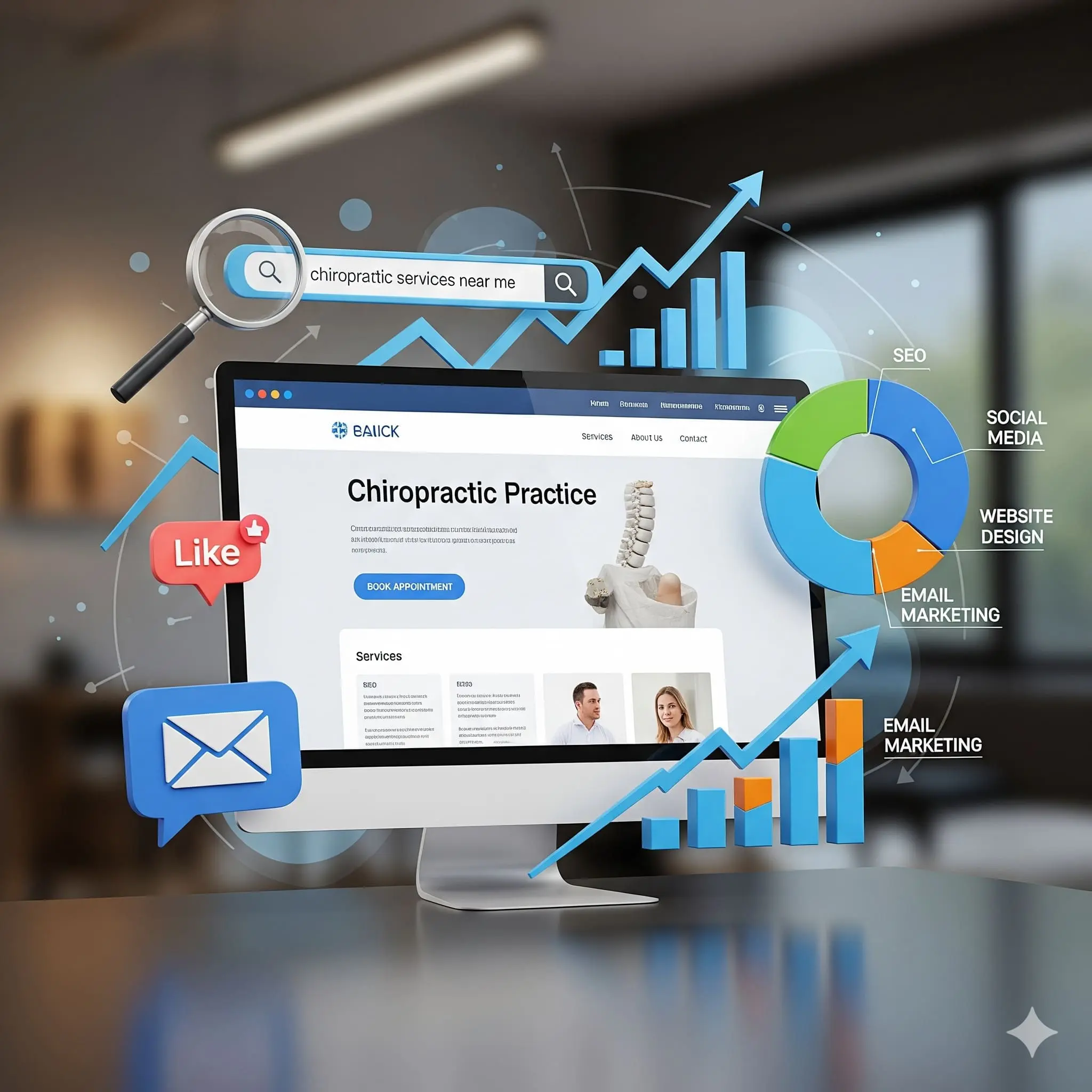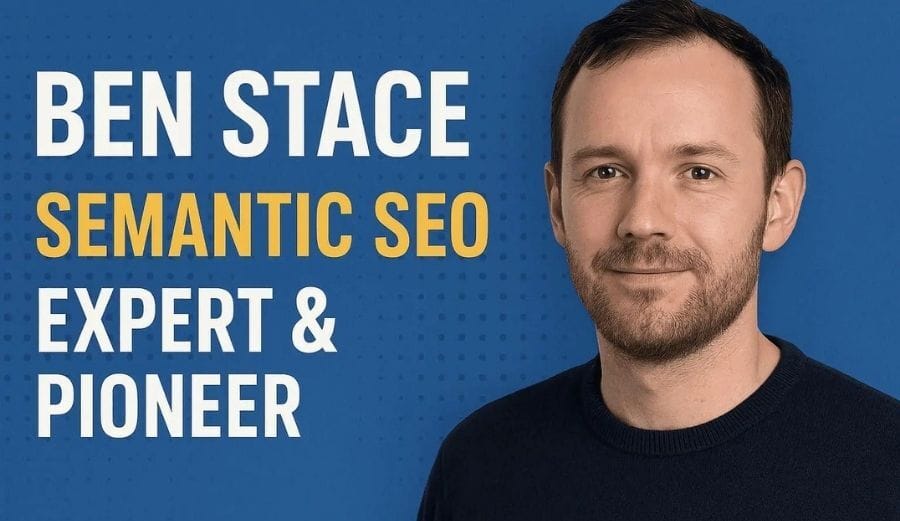
Struggling to get clicks, engagement, or conversions from your website? The problem may not be your design, traffic, or product—it could be your web content.
Today’s digital users are bombarded with information, and unless your web content is strategic, relevant, and persuasive, your visitors won’t stick around—let alone convert.
In this article, we’ll break down everything you need to know about web content, from common mistakes to actionable solutions that drive results.
What Is Web Content?
Web content refers to all the information available on a website. This includes:
- Text (blogs, service pages, FAQs)
- Visuals (images, infographics)
- Multimedia (videos, podcasts)
- Interactive elements (quizzes, tools)
At its core, web content creation aims to provide valuable, relevant, and engaging content that satisfies user intent while supporting business goals.
Why Web Content Matters
If your website isn’t generating leads or sales, chances are your website content isn’t doing its job. Great web content:
- Builds trust with your audience
- Enhances user experience
- Boosts organic SEO rankings
- Drives conversions
- Communicates brand value
Poor web content, on the other hand, leads to high bounce rates, low dwell time, and poor SERP visibility.
Types of Website Content That Convert
Understanding what kind of website content resonates with your audience is critical. Here are high-impact formats:
Landing Pages
Optimized for conversions, tailored for specific campaigns.
Blog Posts
Educational, keyword-optimized articles that boost SEO and authority.
Product & Service Pages
Persuasive website content that speaks to user pain points.
Testimonials & Case Studies
Build trust and social proof with potential customers.
FAQs
Help visitors make faster decisions and reduce support requests.
Web Content vs. Website Content: Is There a Difference?
Although often used interchangeably, there’s a subtle distinction:
- Web content: Refers to all online material on your site or elsewhere.
- Website content: Specifically refers to the material found within your own site—home page, about page, services, etc.
Understanding both helps when you’re creating website content that aligns with your broader marketing efforts.
The Psychology Behind Great Content
Effective web content is deeply rooted in psychology:
- Emotional Triggers: Use fear, curiosity, joy, or urgency to prompt action.
- Cognitive Ease: Simplicity makes your content more digestible.
- Trust Factors: Use testimonials, data, and authoritative tone.
When web content creation is guided by how users think and feel, you stand a much higher chance of engagement and conversion.
Web Content Creation Process
Step 1 – Define the Goal
What do you want the content to achieve? Lead generation? Sales? Education?
Step 2 – Know Your Audience
Create detailed personas to tailor your message and tone.
Step 3 – Keyword Research
Use relevant tools to find keywords like web content, creating web content, and related terms.
Step 4 – Content Mapping
Align keywords and content types with the buyer’s journey.
Step 5 – Write & Optimize
Focus on clarity, SEO, readability, and user intent.
Step 6 – Review & Refine
Edit for grammar, consistency, and performance optimization.
Tips for Creating Website Content That Converts
- Use compelling, benefit-driven headlines.
- Keep paragraphs short (2–3 lines max).
- Include clear CTAs (calls-to-action).
- Use visuals to support the message.
- Write for scanners—use bullets, subheadings, bolding.
- Add internal and external links.
- Use conversational yet authoritative tone.
SEO and Web Content: The Must-Have Duo
SEO-optimized web content is essential for visibility. Without it, even the best copy goes unread.
On-Page SEO Tips
- Use primary keyword in title, URL, meta, and headers.
- Maintain ~1% keyword density for terms like “web content”.
- Add structured data and schema (like FAQ).
- Optimize images with ALT tags.
Technical SEO Checks
- Ensure fast loading speed
- Mobile responsiveness
- Canonical URLs to prevent duplicate content
Common Website Content Mistakes to Avoid
- Writing without a purpose
- Ignoring user intent
- Keyword stuffing
- Not updating old content
- Poor grammar and formatting
- Missing CTAs or next steps
- Forgetting SEO best practices
FAQs About Web Content
Q1: What is website content?
A: Web content is any information (text, video, images) found on websites, aimed at informing, engaging, or converting users.
Q2: Why is website content important for SEO?
A: Search engines crawl and rank websites based on relevance and value. Optimized web content improves visibility, traffic, and authority.
Q3: How often should I update my website content?
A: At least quarterly. Google values fresh, accurate, and regularly updated content.
Q4: Is blog writing part of web content?
A: Yes. Blog posts are a crucial part of web content creation for traffic generation and thought leadership.
Q5: How do I start creating web content for a new website?
A: Begin by defining goals, researching keywords, and mapping content to the buyer’s journey. Prioritize clarity, structure, and user value.
Conclusion
Your website is only as strong as the web content behind it. In today’s competitive digital space, creating web content that captures attention, satisfies user intent, and drives conversions is no longer optional—it’s critical.
Don’t waste time and money driving traffic to content that doesn’t convert.
Need help with strategic web content creation? Contact our team for a free consultation and see how optimized website content can power your growth.





